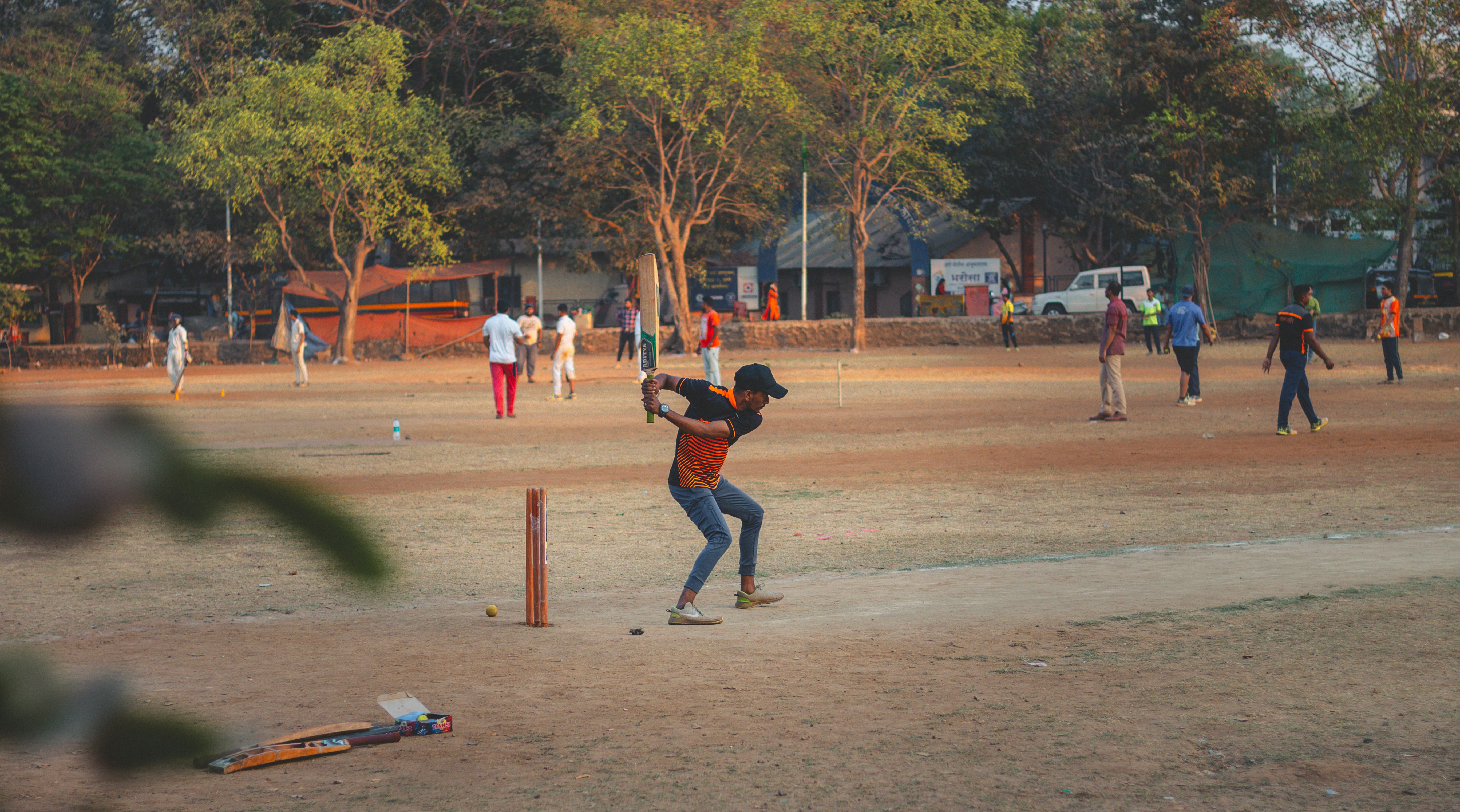
Power Play Restrictions Explained
Last published/edited on 2025-04-06
Often many of the cricket enthusiasts while watching cricket be it T20 or ODI will see Power play restrictions on the screen or through umpire signal. Let’s explore the what exactly power play is and what the rules are that players must follow during this power play.
Powerplay in T20
The role of powerplay in T20 is to make the batsmen give an aggressive start. That is the reason we see the bowling team play with defensive/swing bowlers and the batting team play with the best aggressive openers during the powerplay. A T20 match has a single powerplay, which is the first six overs of the match. These are the rules of the play.
- Maximum 2 fielders outside the 30-yard circle
- This means a minimum of 7 fielders (excluding bowler and wicket-keeper) must be inside the 30-yard circle.
- If the bowling team violates the power play field restrictions, then the umpire calls it a no-ball, and the next delivery is given a free hit.
- Once the power play is complete(from the 7th over), a maximum of 5 fielders can field outside the circle. So, technically, no rule will stop you from placing all of them inside the circle as well.
Powerplay in ODI
Unlike single powerplays in T20, ODI’s have 3 powerplays spread out over the 50 overs. If the bowling team violates the power play field restrictions, then the umpire calls it a no-ball, and the next delivery is given a free hit.
Powerplay 1 (Overs 1 - 10)
- Same as the powerplay of T20, a maximum of 2 fielders are allowed outside the 30-yard circle.
- Hence, we used to see aggressive opening batsmen, for example, Sehwag - Gambhir, Rohit Sharma - Shikhar Dhawan for India. And during bowling, Bhuvaneshwar Kumar, with the swing he can attain, to trouble batters with the new ball.
Powerplay 2 (Overs 11- 40)
- A maximum of 4 fielders can be stationed outside the 30-yard circle.
- This also means that you can station more fielders inside the circle and 1 or 2 outside the circle. Simply, we can follow the field of Powerplay 1 as well.
- Before 2016, there used to be a batting powerplay which the batting team could choose to take between 11-40 overs. During this maximum of 3 fielders used to be stationed outside the circle. But now this rule has been removed.
Powerplay 3 (Overs 40 - 50)
- A maximum of 5 fielders can be stationed outside the 30-yard circle.
- Again, no restriction to place fewer than 5 outside the circle. If there are no good batsmen at the crease or the wicket is slow, then you can have a more attacking field by placing more fielders inside the circle.
Powerplay plays a key role in designing the batting and bowling lineups. If the good bowlers could restrict openers at the start of the powerplay and take wickets, this could increase pressure on the remaining batsmen. Additionally, ICC events and some leagues, if the bowling team is slow with over rates, they may be penalised by allowing fewer fielders outside the circle for the remaining overs.
